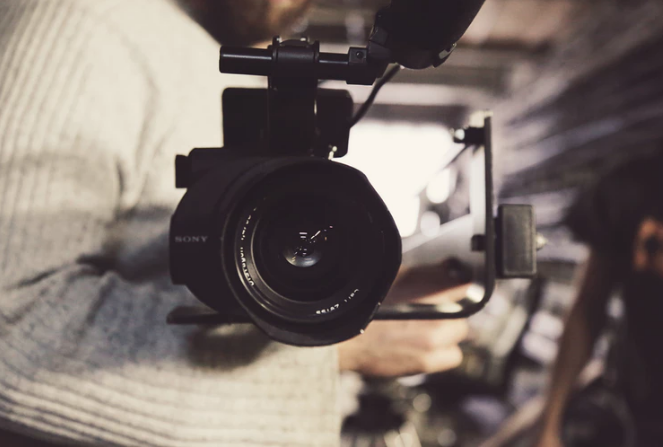The film industry has traditionally been dominated by male directors, executives, producers and actors. However, in recent years, woman have been creating and directing major blockbusters, breaking records previously held by men. These are some of the most groundbreaking female created/female lead films to grace the big screen.
“Wonder Woman” (2017)
According to USAToday, “Wonder Woman” currently holds the title of the biggest opening weekend for a film directed by a woman. For the first weekend that the film debuted, it made $103.3 million. Since that opening weekend, the film has made over $700 million more. The film’s director, Patty Jenkins, was given the opportunity to direct a sequel to “Wonder Woman,” which is set to debut in June of 2020. Jenkins is an advocate for equal pay and demanded that she be paid the same as her male counterparts for the sequel. Her estimated salary for the second movie is a record high for female directors. Many female directors before her only directed the first film of a series and then quit due to the lower wages. This includes the director of “Twilight,” Catherine Hardwick and the director of “Fifty Shades of Grey,” Sam Taylor-Johnson.
“Lady Bird” (2017)
This film is a coming-of-age story about a teenage girl in the early 2000’s in Northern California starring Saoirse Ronan. Director and writer of the film, Greta Gerwig, made history when she was nominated for Best Director at the Oscars. Although she is not the first female to be nominated for this award, she is the first female to be nominated with their first film. Gerwig had acted in a few films before taking on the role as the lead director and writer for “Lady Bird,” and was able to show off her creative side a little bit more deeply.
“Hidden Figures” (2016)
Hidden Figures was directed by Theodore Melfi, written by himself and Allison Schroeder and produced by Donna Gigliotti. The film is about three black female mathematicians who worked at NASA during the Space Race. It was based on the book of the same name written by Margot Lee Shetterly. Starring Taraji P. Henson, Octavia Spencer and Janelle Monáe, this film was nominated for numerous awards.
This film represented black woman in a way that not many had done before. Instead of depicting black women as sassy or angry or over-sexualized, the three main characters were depicted as hardworking and groundbreaking in their field. Being a woman in science or math during ‘50s and ‘60s was hard enough, but being a black woman in this field was extremely rare. The film illustrates the obstacles these three women faced during their time at NASA including coworkers being dismissive, not being able to move up in the workplace because of their skin color and being forced to walk a half a mile to a different building to use “the colored bathroom.” Based on a true story, this film shows viewers that black women can do anything that a white man can do.
“Selma” (2014)
This film was directed by Ava DuVernay, and depicts the work of Martin Luther King Jr. in Selma, Alabama. “Selma” was nominated for Best Motion Picture at the Oscars and the Golden Globes and Best Director of a Motion Picture at the Golden Globes. It won Best Picture at the AFI Awards, the African-American Film Critics Association, the BET Awards, the Black Film Critics Circle Awards and many more. With her work on this film, DuVernay was the first black female director to be nominated for Best Picture at the Oscars.
While directors, writers and producers of films are often overlooked by the public for major blockbusters, it is important to acknowledge the hard work they put in to creating these groundbreaking films. Throughout history, white men have been at the forefront of producing and directing major films, while women have only had the opportunity to work on indie films. These aforementioned women are paving the way for future female filmmakers to make inspiring and inclusive films.





